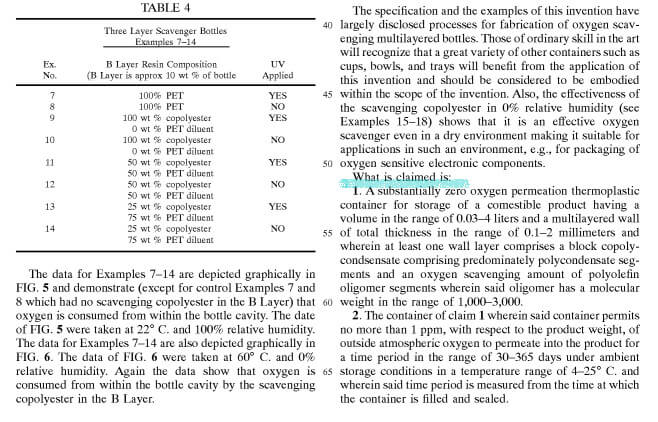Patent claim in your application defines your invention.
And it will determine the scope of your legal rights. In other words, it will tell the others what can be done and cannot be done without infringing your patent right.
Read the claims written by professionals.
By the time you start drafting your application, you probably read at least a number of patent applications. And if you did with care, you would’ve noticed the peculiar but consistent writing style. In fact, you must follow a specific set of rules created by the USPTO when writing claims.
Pay attention to details including punctuation and spacing.
You shouldn’t worry about plagiarism. Use the wordings and grammar (including all formalities) that you see in the patent applications that are granted. Don’t be creative and get rejected.
What about the substance?
Patent applications often have multiple claims, and a claim likely has a multiple components.
The wordier the better?
No. If you include a non-essential component in your patent claim, your competitor can avoid infringement by making a product without the component.
Then, as little as possible?
That’s another no. If there is an alternative material or device which you left out, it could lead to an easy design-around for your competitor.
There’s much more.
To be honest, it is not an easy task to write a good claim. For example, patent law distinguishes “comprising” and “consisting.” If you say your fuel additive consists of chemical A and chemical B, you are telling that there’s no other chemical than A and B. “Comprising” is, on the other hand, open-ended.
Should you know all these technicalities? Well, if you want to become a patent practitioner. Otherwise, it’s more efficient to have a patent practitioner take a look at what you wrote. If your invention is not too complicated, the review shouldn’t take too long.

